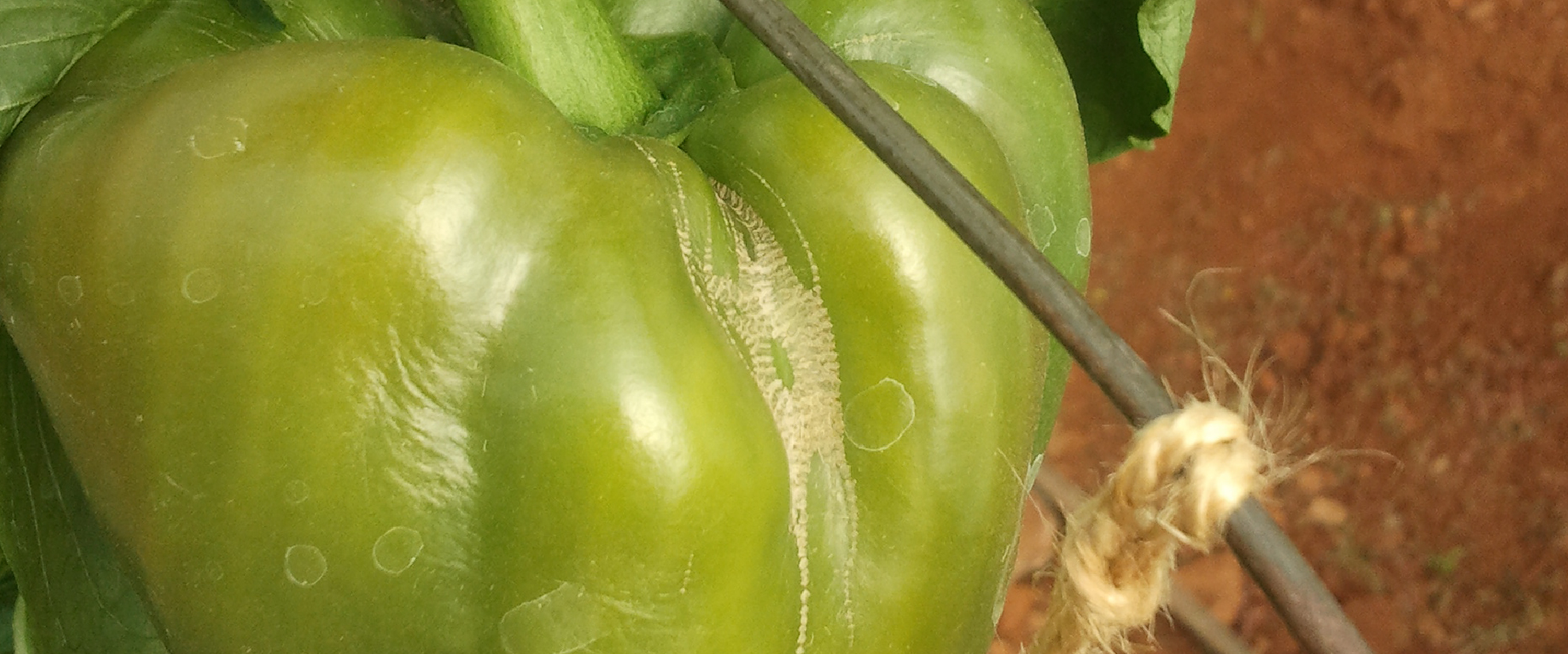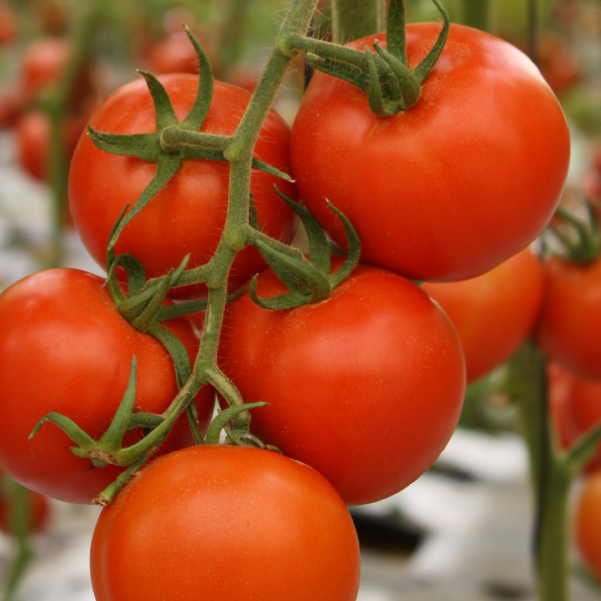There are many species of thrips, approximately 6,000 species have been described by entomologists. Thrips are worldwide pests with a wide range of host plants, the main ones being vegetable crops, field crops, flowers, fruit trees, citrus and many ornamental plants. Some thrips are predators of other insects or mites, thus scouting and identification are crucial.
Thrips can inflict various kinds of damage on a crop.
Direct damage
Adults and nymphs feed on plant sap reducing the chlorophyll content, thus causing yellowing of foliage, accompanied sometimes by dehydration and defoliation. If the infestation occurs early enough in the season, the death of young plants. Damage to the flowers appears as light spots on the petals, necrosis, blackening of the margins of the petals and discoloration of the flowers.
Indirect damage
The indirect damage is caused by the transfer of harmful viral diseases such as Tomato Spotted Wilt Virus (TSWV) and various disease vectors, such as Botrytis and Alternaria, which may penetrate via feeding sites. The typical signs of damage on fruit are: silvering in sweet pepper, bronzing in strawberry, malformation in cucumber, and small perforations in tomato. In addition, there is a decrease in yield as a result of the falling off of fruit.
Natural Enemies
There are specific natural enemies for different species of thrips.
For more information contact your local BioBee field agent.

































